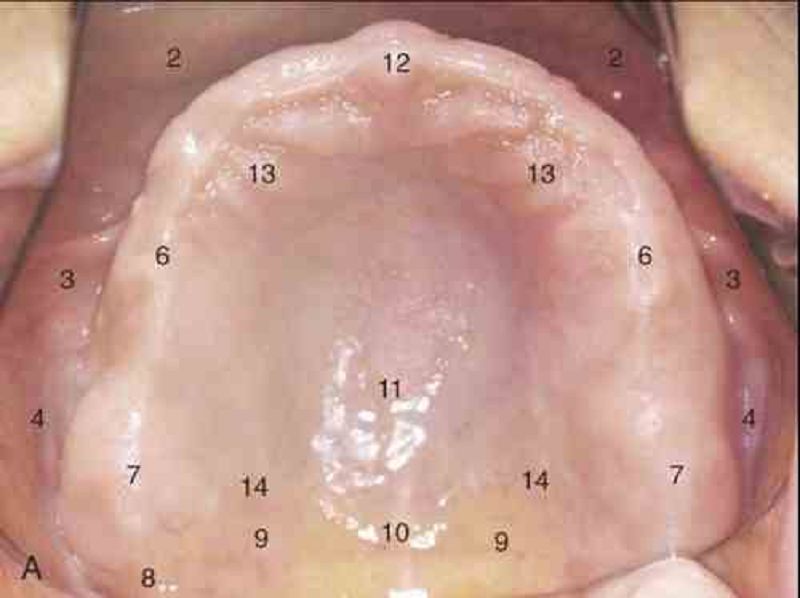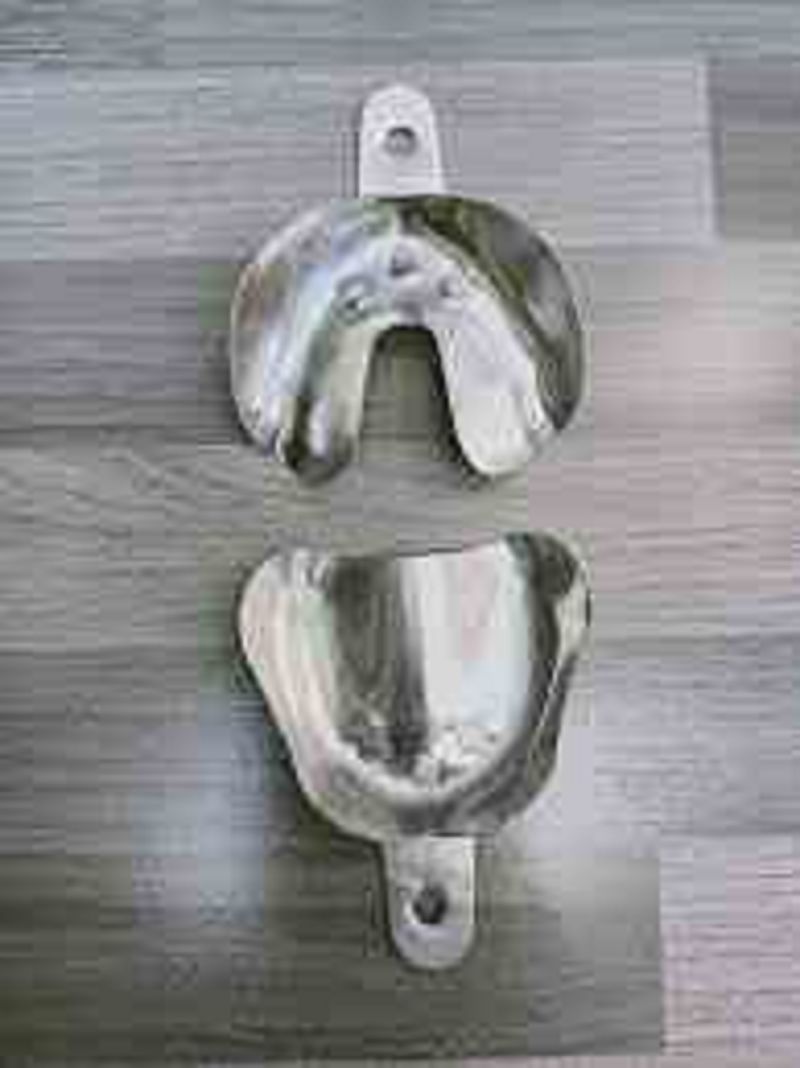Prosthodontics Quiz (1) third year
{"name":"Prosthodontics Quiz (1) third year", "url":"https://www.quiz-maker.com/QPREVIEW","txt":"Test your knowledge in prosthodontics with our comprehensive quiz designed for third-year dental students. This 20-question assessment covers key concepts necessary for understanding denture design and patient care.Topics include:Maxillary and mandibular stress-bearing areasStructures relevant to denture fitMaterial selection for impressions","img":"https:/images/course4.png"}
More Quizzes
Prosthodontics Quiz (1) for second year
2010135
Prosthodontics (Quiz 2)
221133
Cupcakes
7418
Year 5/6 SPAG Quiz
10514
Roman Republic - Powerful Landowners of Ancient Rome
201018195
The Exorcist - How Well Do You Know the Movie?
201017905
Fashion Trivia Questions - Free Style IQ
201017834
Chinese Element - Which Are You? Free Results
201017045
Social Change in the 1960s - Free U.S. History Practice
201016293
Phillip Calvin McGraw - How Well Do You Know Dr. Phil?
201021306
What Disease Do I Have - Free Symptom Checker
201018498
Am I Extroverted or Introverted? Free - Find Your Type
201016863




